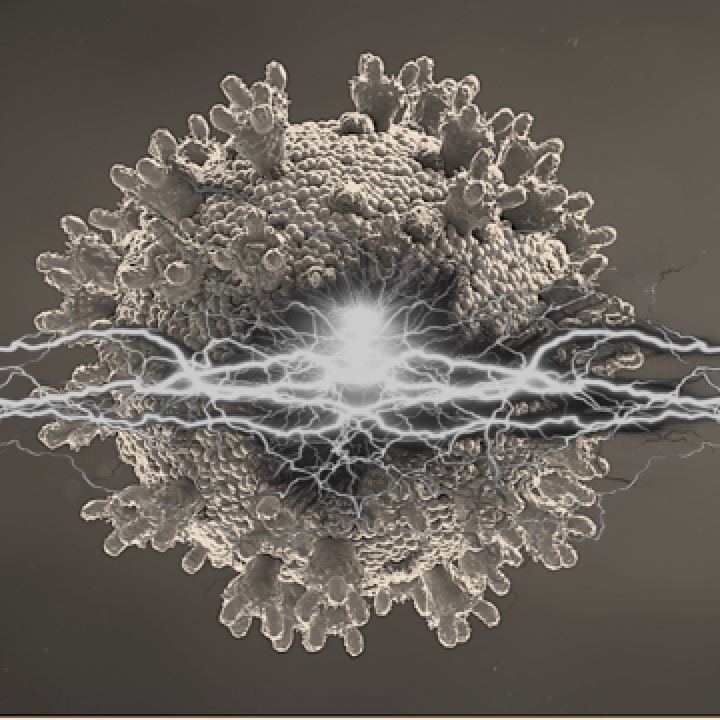
1. The Lancet, among the world's oldest and best-known general medical journals, published a detailed update on “Cognitive deficits in people who have recovered from COVID-19” on Sep 1, 2021 based on data from 81,337 individuals. The authors conclude:
- a. People who had recovered from COVID-19, including those no longer reporting symptoms, exhibited significant cognitive deficits versus controls when controlling for age, gender, education level, income, racial-ethnic group, pre-existing medical disorders, tiredness, depression and anxiety.
- b. The scale of the observed deficits were clinically substantial.
- c. A converging evidence to support the hypothesis that COVID-19 infection is associated with cognitive deficits that persist into the “recovery phase”. The observed deficits varied in scale with respiratory symptom severity, related to positive biological verification of having had the virus even amongst milder cases, could not be explained by differences in age, education or other demographic and socioeconomic variables, remained in those who had no other residual symptoms and was of greater scale than common pre-existing conditions that are associated with virus susceptibility and cognitive problems.
2. A team of scientists in Beijing China published a review of “Use of Transcutaneous Auricular Vagus Nerve Stimulation as an Adjuvant Therapy for the Depressive Symptoms of COVID-19: A Literature Review” on Dec 15, 2021 in Frontiers. The authors conclude:
- a. taVNS as a new old technique: Transcutaneous auricular vagus nerve stimulation (taVNS), which is derived from auricular acupuncture, has become a popular therapy that is increasingly accessible to the general public in modern China. Auricular acupuncture originated in China during the Chou period (first millennium BCE) and has recently attracted scientific and public attention as it becomes increasingly accessible to the general public in modern China. So taVNS may be seen as a modern and productized extension of traditional techniques.
- b. Inflammation and Depression: Several studies have suggested that inflammation or immune dysregulation are implicated in the pathophysiology of depression. There is now accumulating evidence that different forms of proinflammatory cytokine-mediated communication between the immune system and brain circuits modulate the inflammatory pathway in the brain.
- c. Vagus stimulation controls inflammation: The cholinergic anti-inflammatory pathway via the vagus nerve has been proposed to be a key mediator of cross-communication between the peripheral immune system and the brain.
- d. It is clear that COVID-19 involves interrelationships between proinflammatory cytokines and brain circuits. The research findings detailed by the authors suggest that taVNS could be used as an adjuvant therapy for depressive symptoms during the COVID-19 pandemic.
3. Dr. Suellen Andrade at the Federal University of Paraíba, Brazil presented at the XIII International Symposium on Neuromodulation emerging results on High-Definition tDCS (HD-TDCS) for COVID patients in ICU:
- a. Severe mortality and morbidity in patients hospitalized with COVID-19 is often due to acute respiratory distress syndrome (ARDS). The neuroinvasiveness, neuroimmune response and inflammation, and the neurological/muscular sequela of COVID-19, support the investigation of non-invasive neuromodulation.
- b. The registered HD-RECOVERY randomized clinical trial was conducted to evaluate the efficacy and safety of HD-tDCS with respiratory rehabilitation in patients with moderate to severe ARDS due to COVID-19. The hypothesis was that HD-tDCS would increase the number of days free from mechanical ventilation during the first 28 days along with associated reduction in delirium, organ failure, and hospital length of stay.
- c. Results are encouraging and will be published soon.
4. Case report of "tDCS in a patient with dreadlocks: Improvements in COVID-19 related verbal fluency dysfunction"